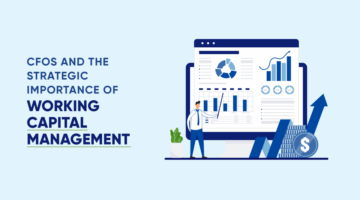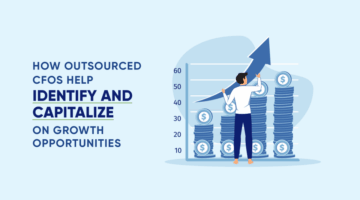How to Do a Profit and Loss Report
Business owners often make business decisions based on three reports: a cashflow statement, a balance sheet, and an income statement or profit and loss report. These three reports tell the business owner nearly everything they need to know about the state of their finances. Perhaps the most important of these statements is the profit and loss report.
The profit and loss report shows the business’ revenues gained and expenses incurred and the profit or loss that results from those expenditures. These records are created for a given time period, usually a month or a quarter.
What do you need for a Profit & Loss Report?
To complete a profit and loss report, you will need a few basic financial records.
- List of all transactions during the given period
This includes transactions in the business’ checking account and any purchases made on business credit cards. This list should also include the production or purchasing cost of goods sold.
- List of all sources of income
Sources of income include checks, credit card payments, profits from sales and more. These credits are most likely readily available on your bank statement.
- Any reductions to sales
This includes any discounts, refunds or returns that were issued in the reporting period.
How do I complete a Profit & Loss Report?
Step 1: Calculate Revenue
Include any income you have brought in during the set period of the report.
Step 2: Calculate Cost of Goods Sold
This is the direct cost of producing the goods your company sells.
Step 3: Revenue – Cost of Goods Sold = Gross Profit (or Loss)
Subtract the cost of goods sold from the income you have brought in to derive your gross profits.
Step 4: Calculate Operating Expenses
You consider operating expenses as the cost running a business. This includes rent, utilities, payroll, marketing, insurance, etc.
Step 5: Gross Profit (or Loss) – Operating Expenses = Operating Profit (or Loss)
Subtract your operating expenses from your gross profit to get your operating profit.
Step 6: Operating Profit (or Loss) + (Interest Income + Dividends Earned) = EBITDA
Add any income from interest payments or earned dividends to derive your EBITDA (earnings before interest, taxes, depreciation and amortization).
Step 7: Calculate Interest, Taxes, Depreciation and Amortization
Next, calculate any interest, taxes, depreciation and amortization you owe for the duration of the set period.
Step 8: EBITDA – (Interest + Taxes + Depreciation + Amortization) = Net Profit (or Loss)
Subtract the number from step 7 from your EBITDA to get your net profit. Hopefully, by this point, your business is not operating at a net loss.
What does a Profit & Loss Report tell you?
A profit and loss report tells you three main things:
- Whether your business model or product line is profitable
- Whether your business’ profits are trending in the right direction
- The overall financial health of your business
This report, in conjunction with the other three main financial statements, serve as a barometer of how your business is doing. That is why running this report in set intervals is crucial to keeping your business on the right track.
What else do you need to know?
Pro Forma P&L vs. Periodic P&L
A pro forma profit and loss report is typically completed at startup. This report projects your profits and losses based on industry data before they happen. A pro forma profit and loss report can also be completed before applying for funding for a new business venture or project.
A periodic profit and loss report is one that is created at a set interval based on new information. For example, you might complete one before you file your taxes to project how much income tax you will have to pay for the year. These can also be done after monthly or quarterly bank statements as a form of bank statement reconciliation.
Accounting Software
Creating a profit and loss report is hard work. To take some of the pressure off, you can use an accounting software like QuickBooks. The software will compile the report. Then, you or an accountant will need to reconcile the transactions and results. Software is great, but it is not infallible.
A profit and loss report can give you vital insight into the way your business is operating financially. You should complete a P&L at least once per quarter to make sure your business is on the right track.



